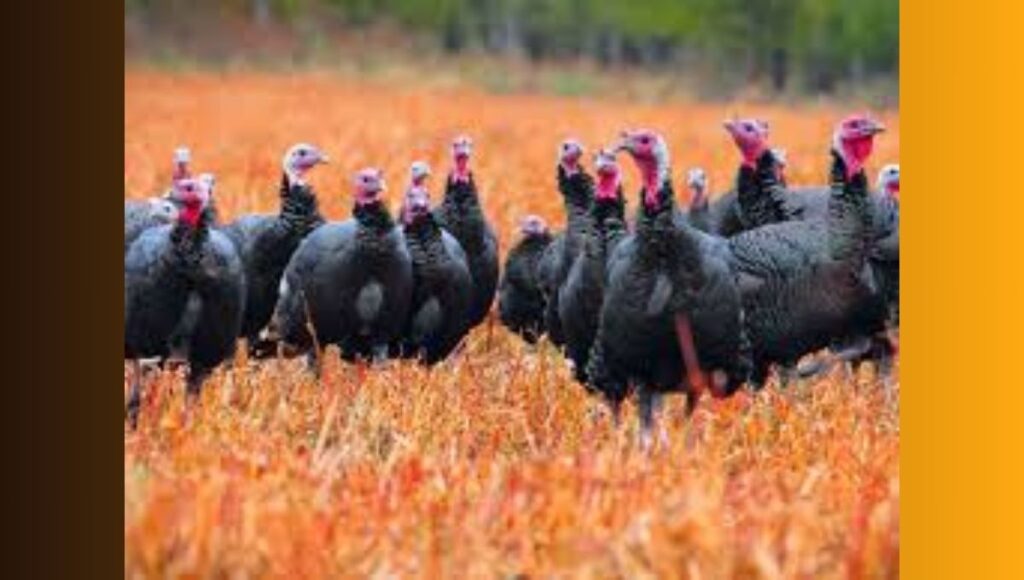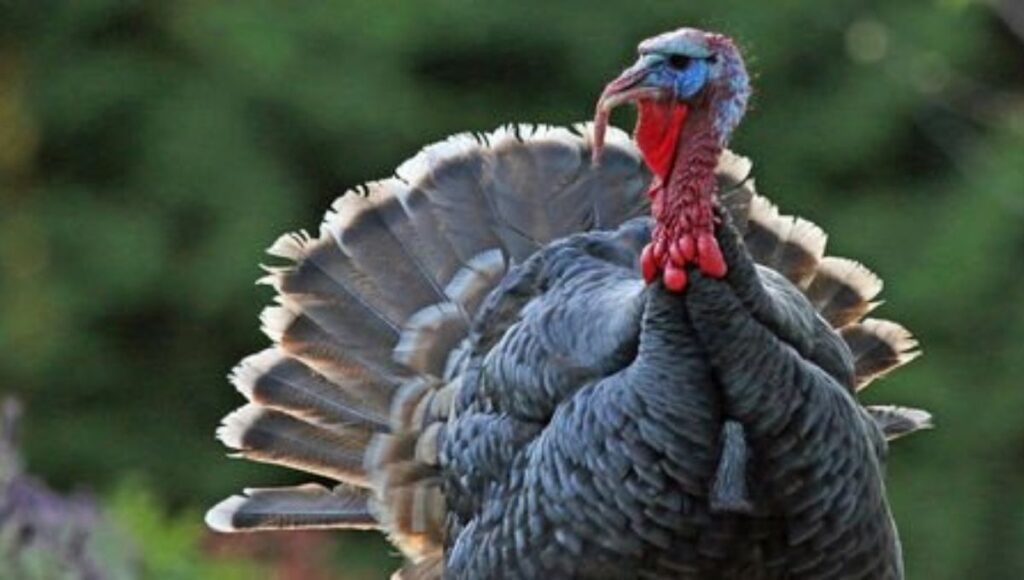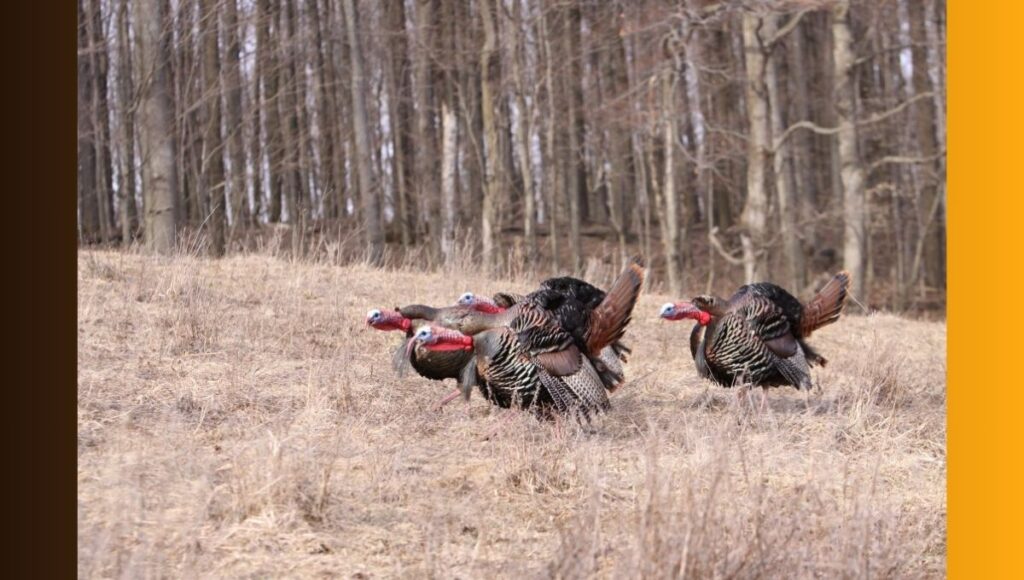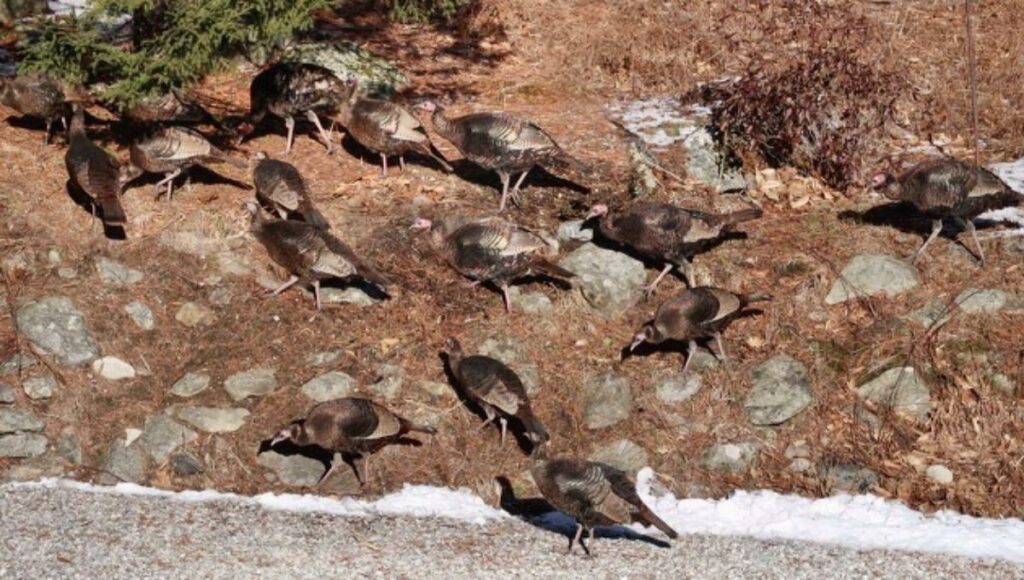The Surprising Name For A Group Of Turkeys Will Shock You!
When you think of Thanksgiving, visions of a perfectly roasted turkey often come to mind. But have you ever considered the fascinating social dynamics of these birds in their natural habitat? A group of turkeys known as a rafter is not just an assortment of feathered friends; it’s a lively community filled with complex interactions and behaviors that can rival those found in more celebrated animal groups.
What is a Group of Turkeys Called?

A group of turkeys is commonly referred to as a rafter, which is an intriguing term that evokes images of these birds congregating in the wild. The origin of the name may stem from the way they gather in flocks, often seen roosting together on tree branches or navigating their environments as a cohesive unit. This social behavior not only serves practical purposes, such as protection from predators and increased foraging efficiency, but it also highlights their strong instinct for community living.
The Social Structure of Turkey Flocks
Turkey flocks exhibit a fascinating social structure that underscores their complex social dynamics. A gaggle of turkeys will center around a dominant male known as the tom, who plays a crucial role in not only protecting the flock but also maintaining cohesion within it. Interestingly, these males often display an array of vocalizations and elaborate rituals during mating seasons to attract females, showcasing their hierarchical positions while simultaneously reinforcing group bonds.
Benefits of Group Living for Turkeys

Living in groups offers turkeys numerous advantages that extend beyond mere companionship. Social interaction among a group of turkeys fosters heightened alertness to potential dangers, as these birds can benefit from the early warning systems established through collective vigilance. When one turkey spots a predator, it can quickly alert the rest, ensuring the safety of the entire flock. This communal living arrangement enhances their chances for survival and allows them to thrive in their environments.
Communication Methods in Turkey Groups
In a group of turkeys, communication transcends mere vocalizations, revealing a complex interplay of signals that enhances social bonding and alerts the flock to potential threats. While the familiar gobble is often associated with male turkeys during mating season, both hens and toms utilize an array of sounds including clucks, purrs, and yelps to convey different messages across various contexts.
How Turkeys Protect Each Other in Groups
In a group of turkeys, communication is key to their survival. When one turkey senses danger be it a lurking predator or an unexpected noise the alarm call resonates through the flock, triggering a collective response. This instinctive behavior creates a protective barrier, allowing other turkeys to react swiftly and minimize risk.
What’s fascinating is how these birds exhibit both individual and cooperative tactics; while some may scatter for immediate shelter, others utilize their numbers to intimidate potential threats by puffing up and fanning out their feathers.
Interesting Behaviors Observed in Turkey Flocks

Flock of turkeys exhibit a fascinating array of behaviors that reveal their complex social dynamics. One notable aspect is their remarkable communication skills; these birds employ an extensive range of vocalizations to convey different messages within the group.
From soft clucks to loud gobbles, each sound serves a specific purpose, whether it’s alerting others of potential threats or coordinating movements during foraging. Observers often note how these calls not only foster cohesion among the flock but also enhance their collective awareness of the environment.
The Role of Dominance in Turkey Hierarchies
In a group of turkeys, dominance mechanisms shape social interactions and establish a structured hierarchy vital for their survival. Observations reveal that dominant birds not only gain priority access to food and mates but also play pivotal roles in the group’s alarm responses and foraging efficiency. Interestingly, it’s often the most socially intelligent individuals that rise to prominence, showcasing how cognitive abilities enhance competitive advantage rather than merely physical strength.
Fun Facts About Wild and Domestic Turkeys

Why is a group of turkeys called a rafter? This term not only sounds whimsical but also hints at the social structure of these birds. In the wild turkey collective noun, rafter of turkeys can consist of various family members and friends. They often forage together during the day, using vocalizations to communicate their whereabouts and warn each other about potential dangers. Domestic turkeys can exhibit similar behaviors; however, over time, breeding has limited some of their natural instincts compared to their wild counterparts.
Conclusion
Observing a group of turkeys can offer a fascinating glimpse into their social behaviors and interactions. These birds exhibit complex social structures that are crucial for their survival in the wild. From their foraging habits to their mating rituals, each aspect of turkey life contributes to the rich tapestry of nature. By learning more about these remarkable creatures, we can appreciate the role they play in our ecosystems and promote efforts toward their conservation. So next time you see a flock of turkeys, take a moment to observe and admire their behavior.
FAQs
What is a Group of Turkeys?
A group of turkeys is often referred to as a rafter or gobble, depending on the context. These terms describe how turkeys flock together in social groups.
Why do turkeys gather in groups?
Turkeys gather in groups for safety and social interaction. Being part of a rafter helps protect them from predators and allows them to find food more efficiently.
How many turkeys typically make up a rafter?
The size of a rafter can vary widely, but it usually consists of 5 to 50 turkeys. In some cases, larger flocks may form during migration or roosting.
What do turkeys eat when they are in groups?
Turkeys are omnivores and their diet includes seeds, nuts, berries, insects, and small reptiles. When grouped together, they can forage more effectively for food.
Do wild turkeys and domestic turkeys behave differently in groups?
Yes, wild turkeys exhibit more natural behaviors such as foraging and flying short distances, while domestic turkeys tend to be less active due to selective breeding and are often raised for meat.
How can I attract wild turkeys to my backyard?
To attract wild turkeys, provide food sources like seeds or grains, create water features, and ensure there’s adequate cover like shrubs or tall grass where they can feel safe.
Are turkey flocks seasonal?
Yes, turkey flocks can be seasonal; they often band together during fall for migration purposes and will split into smaller family units during the breeding season in spring.
Can I domesticate wild turkeys from a rafter?
While it’s possible to keep wild turkeys as pets or domesticate them, it’s generally not recommended due to their specific habitat needs and potential stress from captivity compared to bred domestic varieties.
What is a group of baby turkeys called?
A group of baby turkeys is referred to as a brood. This term applies specifically to young birds that are still dependent on their parents for care and protection. Baby turkeys are typically cared for by the mother hen, who leads them in search of food and helps keep them safe from predators.





